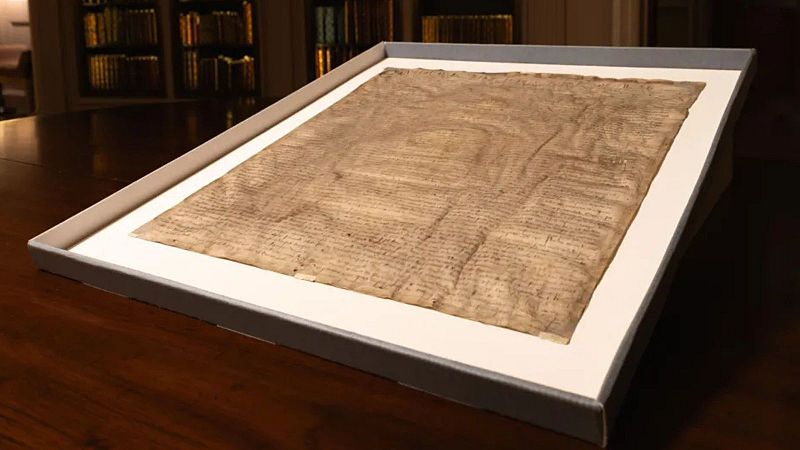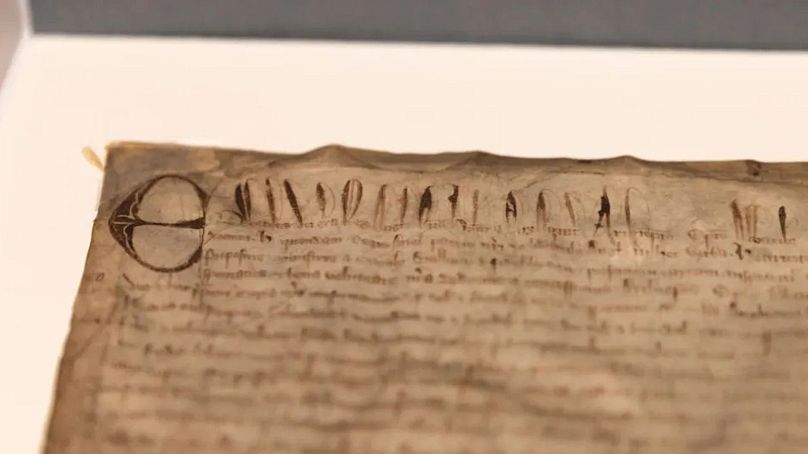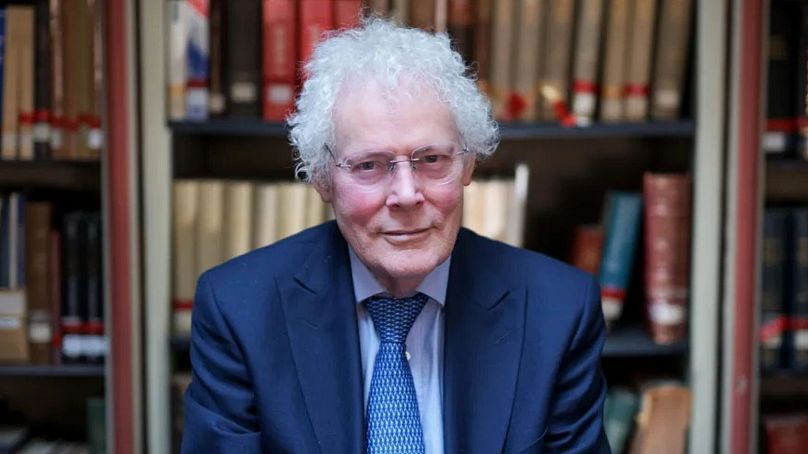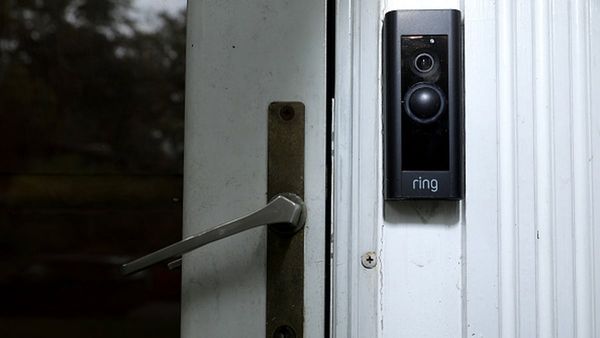
In 1946, Harvard Law School bought a copy of the Magna Carta from London book dealers Sweet & Maxwell for the derisory price of $27,50 – roughly €400 in 2025, based on inflation.
The book dealers had bought it at a Sotheby’s auction in London, with the catalogue describing the manuscript as a “copy… made in 1327… somewhat rubbed and damp-stained”.
It turns out that this unofficial copy of Magna Carta - the first document to put into writing the principle that the king and his government were not above the law - had been wrongly catalogued and that it is in fact an original.
This means that the document is just one of seven issued in 1300 by Edward I that still survive.

David Carpenter, a professor of medieval history at King’s College London is behind the discovery.
“I was trawling through all these online statute books trying to find unofficial copies of the Magna Carta… and I immediately thought: my god this looks for all the world like an original of Edward I’s confirmation of Magna Carta in 1300, though of course appearances are deceptive,” said Professor Carpenter.
He and Nicholas Vincent, professor of medieval history at the University of East Anglia, made several tests to establish the authenticity of the document, known as HLS MS 172.
“Using spectral imaging and ultraviolet light, because in places the condition isn’t very good, I worked through it word by word and it matched perfectly to the other six,” Professor Carpenter said.
Professor Carpenter described HLS MS 172 as “one of the world’s most valuable documents”.
He added: “It asserts a fundamental principle that the ruler is subject to the law. He can’t just say: ‘Into prison, off with your head, I’m seizing your property.’ If he wants to act against you, he has to do so by legal process. It’s the foundation stone of the western tradition of law and democracy.”

Asked how it may have been mistaken for a copy, Professor Vincent said: “I think everyone was knackered at the end of the Second World War. I think whoever read it at Sotheby’s and looked at it, I suspect what they thought was ‘oh it can’t be an original Magna Carta because we’d know about it’. They misread the date, they got the wrong king. They catalogued it as if it was a charter of Edward III. But in fact it’s Edward I. For an amateur that’s a fairly easy mistake to make. But, as a result, the fact that it was an original was completely ignored and it went for a fairly derisory price.”
Regarding the document’s value today, Professor Vincent said: "I would hesitate to suggest a figure, but the 1297 Magna Carta that sold at auction in New York in 2007 fetched $21m, so we're talking about a very large sum of money."
Professor Carpenter described the discovery as "fantastic” news for Harvard.
“I felt amazed. First that it existed at all and secondly, that Harvard didn’t realise what they had. I felt slightly awestruck in a way because the 1300 confirmation by Edward I is the most authoritative of all confirmations.”
Carpenter and Vincent believe the document was issued to the former parliamentary borough of Appleby in Cumbria in 1300.
"Harvard’s Magna Carta deserves celebration, not as some mere copy, stained and faded, but as an original of one of the most significant documents in world constitutional history, a cornerstone of freedoms past, present and yet to be won," added Professor Carpenter.
Amanda Watson, of Harvard Law School, congratulated the two professors on the “fantastic discovery”, saying: “This work exemplifies what happens when magnificent collections, like Harvard Law Library’s, are opened to brilliant scholars.”
The professors are hopeful Harvard's Magna Carta will soon be displayed to the public.







